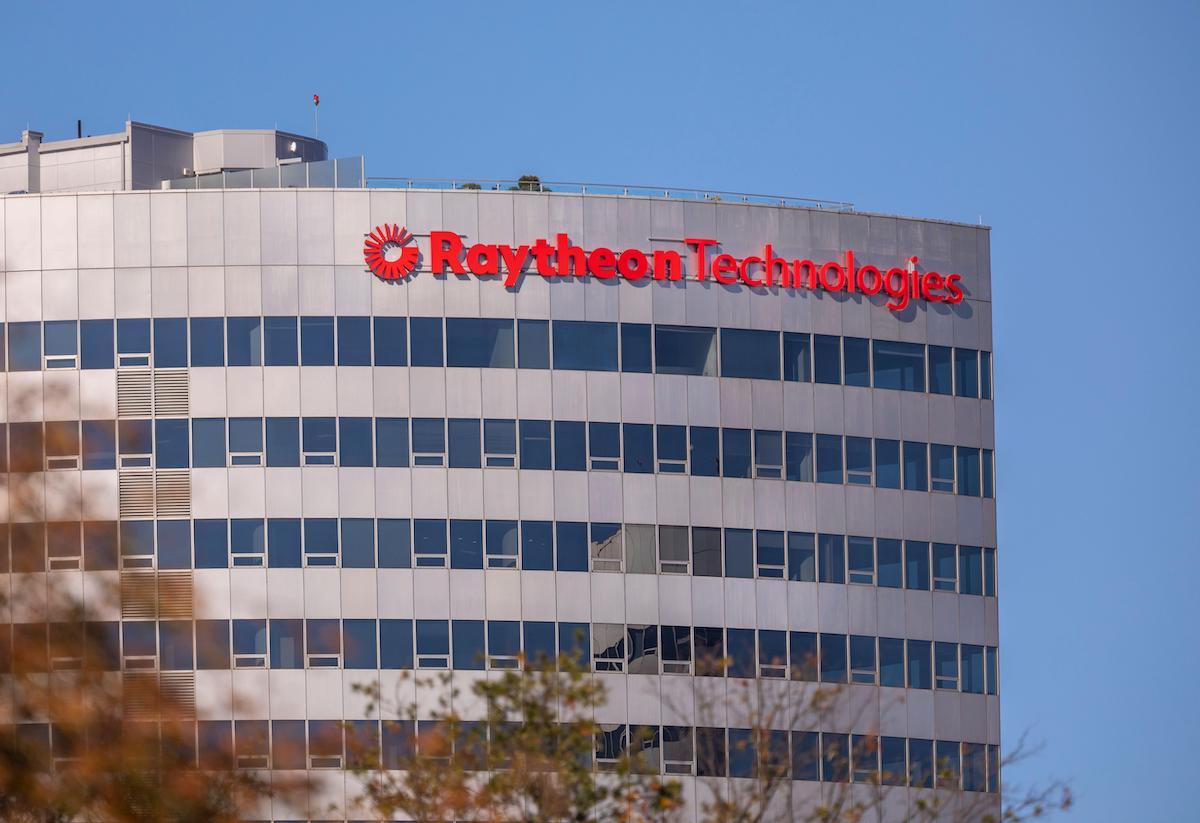
Raytheon Technologies will merge its two defense divisions under the Raytheon brand, the company announced Jan. 24.
The aerospace and defense leader is also formally promoting Chris Calio to president to carry out the restructuring as it seeks to be more operationally profitable in the face of stubborn cost challenges and end-market volatility.
Under the reorganization, to be implemented in the second half of 2023, Raytheon Intelligence & Space (RIS) and Raytheon Missiles & Defense (RMD) will be merged. Other business-line changes will occur across other business divisions, including consolidating some connectivity-related defense work into Collins Aerospace. RIS President Roy Azevedo will retire but advise Calio for “several months.”
The restructuring was not surprising to Raytheon watchers. The company has pursued reorganizations in the name of efficiencies for years, including divesting lower-performing businesses, and observers have expected more of the same under Chairman and CEO Greg Hayes.
In a teleconference with financial analysts while reporting fourth-quarter and full-year 2022 results, Hayes said the reorganization was just the next step in optimizing the company for customers and share owners.
“Right now, it’s all about program execution and managing costs,” he said. “We have the backlog, we have the demand, and we have the technology and our balance between defense and commercial aero will help us navigate into the future.”
Calio, who has been chief operating officer for a year, is taking on the additional title of president, last held by Hayes. The promotion is effective March 1. Calio, making his debut on the quarterly teleconference, is seen by outsiders as a potential future CEO, and the latest promotion supports such expectations.
Both RIS and RMD are remnants of defense prime Raytheon Corp., which combined with Pratt & Whitney and Collins Aerospace in April 2020 to form the current Raytheon Technologies. Cost savings still are being estimated, managers said, and could be addressed at an investor briefing slated for the Paris Air Show in June. Regardless, they asserted the reorganization is more than just cost cutting.
“We’ve had customer feedback throughout the last couple of years about the need for us to figure out how to better integrate some of our solutions, providing mission solutions to the customers, coming in with a unified narrative and an investment story,” Calio told analysts.
“In large organizations like ours, you won’t be surprised to hear that sometimes there’s some friction there, and we think this will help remove some of that friction, and again, provide better solutions to the customer,” he continued.
Analysts responded to the announcement with understanding. “After a year of subpar performance, we can see why action is being taken to shake up the two old Raytheon divisions; and merging them should save some cost and hopefully improve performance,” analysts at Vertical Research Partners said. They said revenue and operating margin shortfalls at RIS in particular were responsible for what they saw as generally lighter-than-expected 2022 results.
Raytheon Technologies reported $67.07 billion in 2022 revenue, up 4% from 2021. Net income was $5.2 billion, up 34%. Earnings per share was $3.51, up 36%.
Revenue in 2023 is projected at $72-73 billion. Free cash flow of around $4.8 billion would be flat compared with 2022. The company plans to buy back about $3 billion in outstanding public shares.
“The guidance is slightly lighter than consensus, but we believe it reflects some conservatism,” an analyst with RBC Capital Markets said.
The Collins Aerospace division earned $2.3 billion on $20.6 billion in sales in 2022 compared with $1.8 billion on $18.5 billion in 2021. Pratt & Whitney earned $1.1 billion on $20.5 billion in sales against $454 million on $18.2 billion in 2021. It also delivered 2,896 engines in 2022 versus 2,666 the year before.
Aftermarket sales are expected to remain a bright spot this year. At Pratt for 2023, managers think aftermarket sales will be up 20-25%. Legacy shop visits could rise 15-20% year over year. At Collins, they see “sort of low double digits to low teens, sequentially kind of growing in the low-single-digit percentage kind of range,” Raytheon Chief Financial Officer Neil Mitchill said.
Raytheon leaders exuded confidence, despite continuing to struggle with ongoing supplier and labor issues that predominated quarterly results all year in 2022. “As we head into 2023, I would tell you the future remains bright for Raytheon Technologies, especially with a $175 billion backlog and strong demand in all of our end markets,” Hayes said. “We also know the challenges that we saw in 2022 will continue, and we’ll keep working to mitigate the big three that we continue to focus on: supply chain, labor and inflation.”
That should bode well for industry, observers say. As the largest Tier 1 supplier and a defense prime itself, Raytheon now sets expectations for the sector.
“Given that Raytheon Technologies has exposure to pretty much every market in aerospace and defense, its outlook neatly encapsulates the broad themes that we expect to play out this year,” Vertical analysts said. “Very basically, demand continues to exceed supply in defense and aerospace OEM, while the aero aftermarket continues to enjoy its ‘sweet spot.’ Raytheon management expects the supply chain issues to ease in the second half, with further progress into 2024—and that is probably the biggest risk to the numbers this year (as it was in 2022).”





